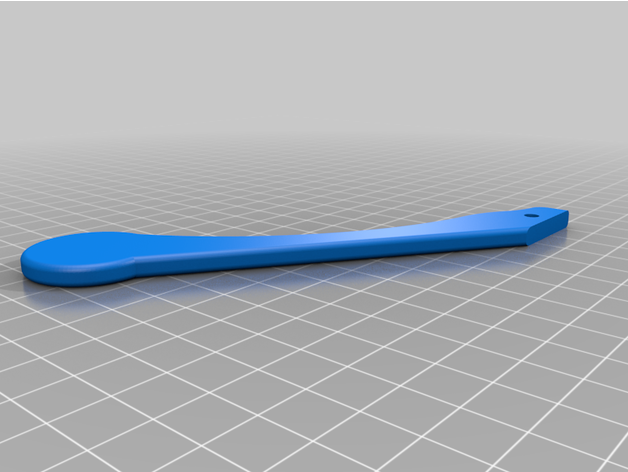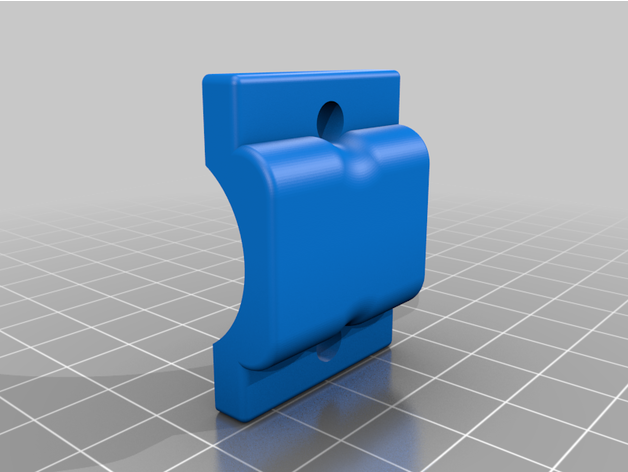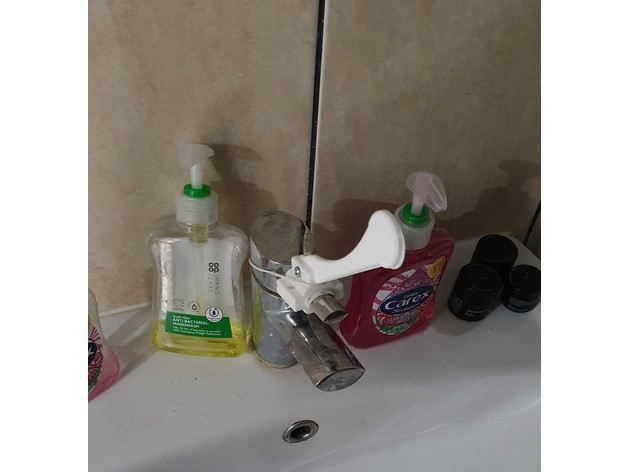Recently I have started using markdown for a lot more of my writing. From drafting articles and blog posts to writing cover letters and taking notes, markdown has become my new go-to.
I used to do all my digital writing in office suites such as MS Office and LibreOffice, and whilst I still use them from time to time, I have found that more and more often they are not the right tool for the job.
Markdown is simple enough that it gets out of my way, lightweight enough that I can write in it regardless of what device I’m using, and is simple enough that I never have to worry about corrupted documents and incompatible formats.
I would like to list 3 tools I use regularly to write in markdown.
Apostrophe
Apostrophe is excellent. It is a simple open source markdown editor that gets out of your way. It allows you to write, without worrying about anything else. If you are only going to be writing basic documents and drafts in markdown, without the need to cross-reference or cite, then Apostrophe is the best tool for the job.
Logseq
Logseq is my new favourite note taking application. It is a personal knowledge base (PKB) and whilst it might not be quite as polished or feature rich as the most popular PKB (Obsidian), it is a joy to use.
My old note taking application was Notion. Notion is incredibly powerful and enjoyable to use but it is also proprietary, and I don’t want my notes becoming inaccessible if one day they decide to discontinue the free plan.
I was considering switching to Obsidian because to some extent it solves this issue. It uses markdown and stores files locally so, even if the application stops being developed, all the notes should still be accessible and usable. But if I’m going to go for an open format, I feel like I should go for an open application as well, and so this is the niche that Logseq fills for me.
Like Obsidian, Logseq’s most powerful features are its bidirectional linking and graph view. These allow me to visualise my notes in ways that I just couldn’t before. I still use a physical notepad, but now my digital notes have an advantage, a reason to use them over my notepad for the times when I don’t necessarily need or want an analogue experience.
Zettlr
Zettlr is markdown editor that sort of fills the gap between the note-taking focus of Logseq and the longform writing suitability of Apostrophe. Zettlr is focussed on academic writing, with built in Zotero and JabRef support.
Zettlr is a new addition to my arsenal. I use it for my academic note taking. It helps me draft and plan changes to my thesis, and will likely become my new digital lab-book. To an extent, Zettlr and Logseq are cross-compatible and so I plan to find a way to use them in a complementary way. But thanks to their use of an open format, I can choose to migrate my notes to another platform at any time.
Closing Thoughts
I am still very new to the world of writing in markdown, I’m sure I still have a lot to learn, and I doubt it will ever replace all writing formats for me. I will still write some notes with pen and paper, no doubt I will continue to need to use various office suites for professional work, and I still think LaTeX is superior for thesis writing and academic articles. There are new projects that could replace LaTeX, such as Typst, but they aren’t quite powerful or polished enough yet for me to switch.
I look forward to learning more about markdown and PKBs, and maybe I’ll have some more thoughts on them to share in the future.



